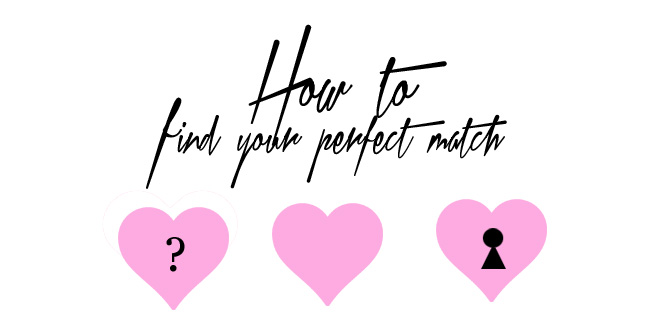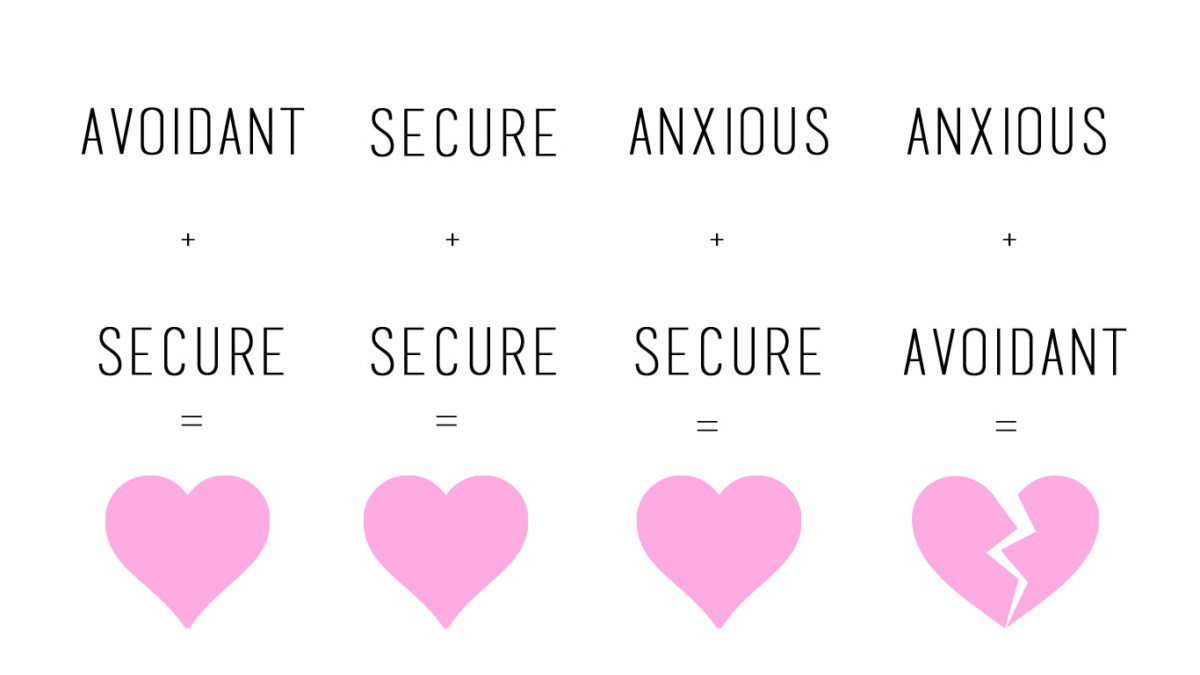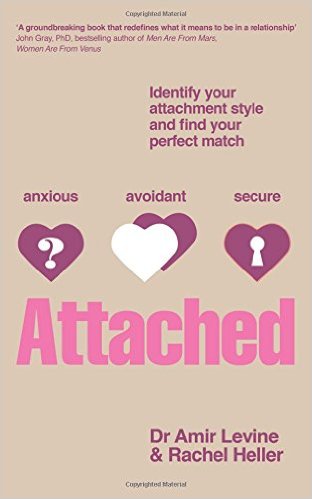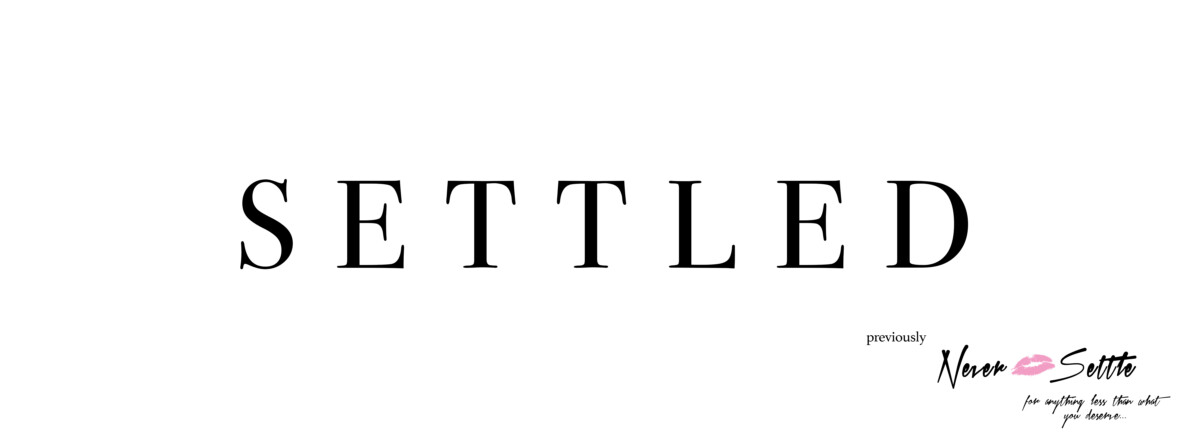
I recently purchased a book which changed not only my love life, but also impacted my research on Love Psychology so dramatically, I thought it absolutely necessary to spread the word.
‘Attached‘ by Dr Amir Levine & Rachel Heller is compelling, groundbreaking and really has changed my life.
The book focuses on how to identify your attachment style in order to find your perfect match.
According to Levine and Heller, there are 3 attachment types, which everyone can be categorised into.
Scroll down to take the quizzes.
ANXIOUS (20% population)
Anxious types love to be very close to their partners, but often fear that their partner doesn’t want to be as close to them as they would like. They tend to be very sensitive to small fluctuations in their partners moods and actions, and often take them too personally. They can experience a lot of negative emotions within the relationship and get easily upset, as a result they tend to act out (protest behaviour) and say things they later regret.
AVOIDANT (25% population)
It is very important for Avoidant types to maintain their independence and self-sufficiency and often prefer autonomy to intimate relationships. Even though they do want to be close to others, they feel uncomfortable with too much closeness and tend to keep their partner at arm’s length. They don’t spend much time worrying about their romantic relationships or about being rejected. They tend not to open up to their partners and they often complain that they’re emotionally distant.
SECURE (50% population)
Being warm and loving in a relationship comes naturally to a Secure type. They enjoy being intimate without becoming overly worried about their relationships. They take things in their stride when it comes to romance and don’t get easily upset over relationship matters. They effectively communicate their needs and feelings to their partner and are strong at reading their partners’ emotional cues and responding to them. They share successes and problems with their other half and are able to be there for him or her in times of need.
The other 5% are combinations of secure-anxious and secure-avoidant.
.
Take the scenario:
I first met Henry* at a friend’s party. He was good-looking and I found the fact that I caught his eye exciting and flattering. A few days later the same group of friends met up and I could feel his eyes on me. It was so nice. We starting seeing each other, and often I’d go to his, there was comfort in knowing someone wanted to spend time with me. If only I’d realised then that Henry had a fear of getting too close and was uncomfortable with commitment. He mentioned that he’s never had a serious relationship – he always tired of the girls he saw and moved on.
Though I saw this as potentially problematic, at the time I just had the belief that love conquers all. I could be the one to change him. And so I let myself fall for him. Nothing was more important to me than being with him. Yet at the same time it was obvious he didn’t want to commit. But I shrugged off the doubts.
Things with me would be different.
Of course, I was wrong. As we got closer, his messages became more erratic and everything started to fall apart; he began telling me that he was too busy to meet this night or the next. Sometimes he’d just not message at all. I had a feeling something was wrong… but what?
From then on I was always anxious. I was preoccupied with his whereabouts and became hypersensitive to anything that could imply he never wanted to see me again. But whilst his behaviour gave me MORE than enough evidence that he just wasn’t interested, he interspersed pushing me away with just enough affection and apologies to keep me from going elsewhere and ending things.
After a while, the ups and downs started to take its toll and I could no longer control my emotions. I didn’t know how to act, my friends hated what it was doing to me, and despite my better judgement, I’d avoid making plans in case he wanted to meet. After quite a few confused tear-filled-sessions I realised it was time to move on.
So why was I, a strong, well-rounded and resilient person acting like this? Even though I clearly recognised that I’d be happier without him, I couldn’t muster the strength to drop it. Why was I acting in such a way?
.
This is where the attachment types come in. Those with different styles differ in:
– Their view of intimacy and togetherness
– The way they deal with conflict
– Their attitude towards sex
– Their ability to communicate their wishes and needs
– Their expectations from their partner and the relationship
So I can be identified as ANXIOUS. My type explained my behaviour, thoughts, reactions. It forsaw my clinginess in the face of distancing, and predicted my inability to concentrate on work, my constant thoughts and worries. It shows why against my better judgement and the advice of friends, why I’d do anything to stay close to him.
Henry* on the other hand was AVOIDANT. It predicted his distancing, finding faults in me, all because the intimacy was increasing.
And no wonder why!
We spoke two languages of love: I seek physical and emotional closeness and he preferred distance and independence.
There is nothing wrong with being anxious or avoidant as opposed to secure. It just means you need different things from the relationship.
In a nutshell:

If you are a secure attachment type, you have the best of all worlds – you work with any attachment style!
A word of caution for anxious-avoidant relationships: one partner may feel forced to overcompensate or feel like their not getting enough from the relationship, whilst the other feels suffocated. Unfortunately it is likely for this combination to end unhappily, even if you want it to work.
This is only a small excerpt into the vast world of relationship attachment psychology, but I think it’s exceptionally helpful to understand the initial reasoning behind your behaviours. Particularly for Anxious and Avoidant types.
Everyone deserves fulfilling love, so don’t settle for someone who ultimately can’t make you happy – be with your perfect match…

Attached is available on Amazon now: http://amzn.to/2cUydfh
*Name changed for privacy
If you are affected by any part of this article, or if you would like more information on attachment techniques, don’t hesitate to get in touch via the contact page.


